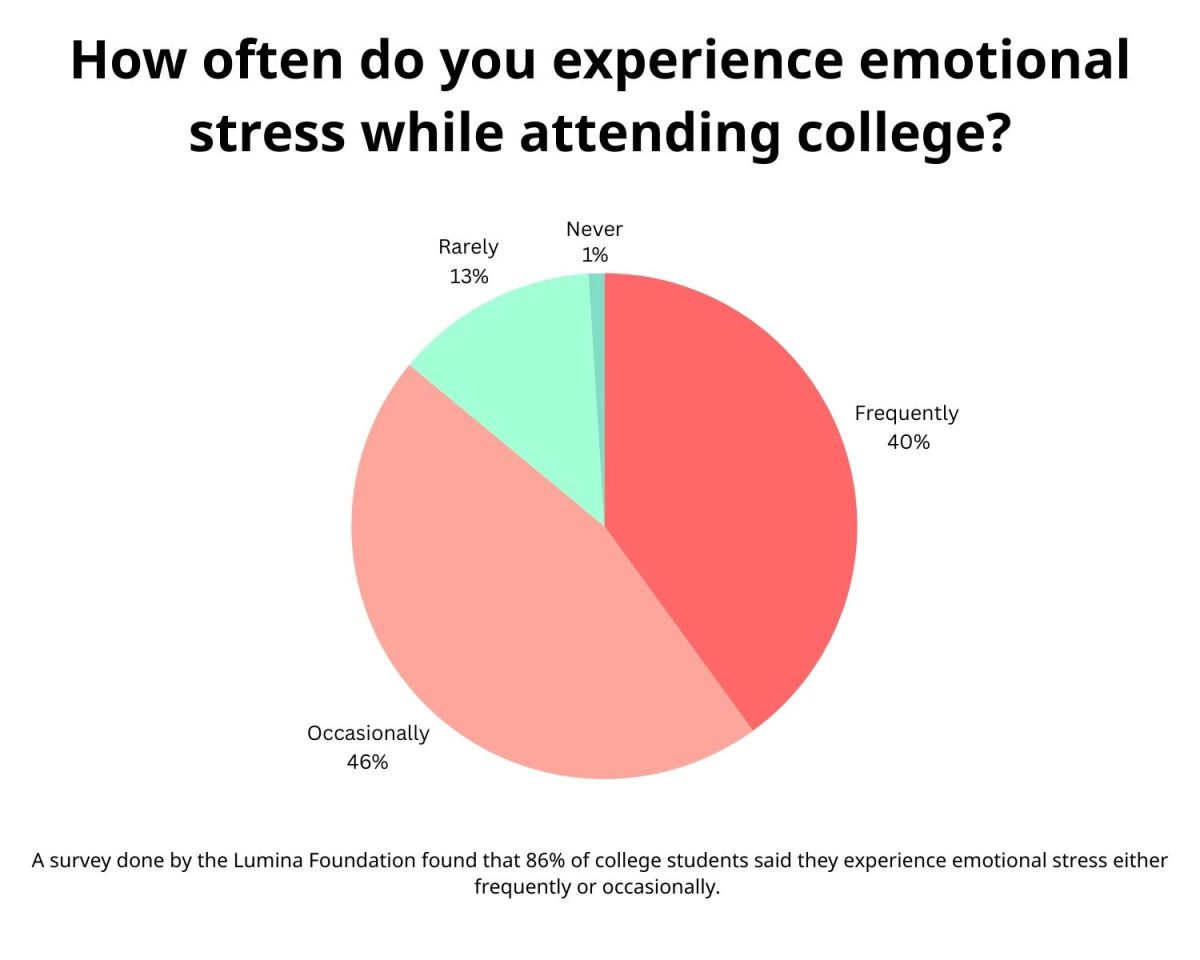Earth, the moon and everything else in our solar system have been bombarded with asteroids and comets forever.
In fact, the main form of growing for the rocky planets was accretion through collisions with debris, of which all the asteroids and comets still around are just the left over material which never managed to stick to any of the planets when they were forming billions of years ago.
This continuous bombardment of everything in the solar system has not stopped; in fact it still goes on today, just at a much slower rate through continuous gas accretion and collisions under the title “Late Heavy Bombardment.”
Don Yeomans, a researcher at NASA’s Jet Propulsion Laboratory in Pasadena, Calif., has a page on JPL’s website where he talks about how impacts with space debris is very common and in fact adds large amounts of mass to Earth’s atmosphere, “Every day, Earth is pummeled by more than 100 tons of material that spewed off asteroids and comets.
Fortunately, the vast majority of this “spillover” consists of dust and very small particles.
We sometimes see these sand-sized particles brighten the sky, creating meteors, or shooting stars, as they burn up upon entry into Earth’s atmosphere. Roughly once a day, a basketball-sized object strikes Earth’s atmosphere and burns up.
A few times each year, a fragment the size of a small car hits Earth’s atmosphere. These larger fragments cause impressive fireballs as they burn through the atmosphere. Very rarely, sizable fragments survive their fiery passage through Earth’s atmosphere and hit the surface, becoming meteorites.”
Jupiter has served our solar system as a sort of impact defense station. Jupiter’s large size is able to gravitationally capture many asteroids and comets in its orbit.
In fact, Jupiter has 67 moons of varying sizes with 50 of them under 6.2 miles in diameter according to space.com. Jupiter also has three groups of asteroids locked in complementary orbits: the Trojans and the Greeks share Jupiter’s orbit around the sun while the Hildas are a family of asteroids which orbit the sun three times to Jupiter’s two and follow a strange looking triangular path.
Then there are also the familiar asteroids which make up the asteroid belt situated generally between Mars and Jupiter.
In addition to herding and capturing asteroids and protecting Earth from them, Jupiter also protects the inner solar system from comets. In 1994, the comet Shoemaker-Levy 9 which had previously broken up into about 20 pieces, rammed successively into the atmosphere of Jupiter.
The collisions caused minimal damage to the huge gas giant, but left visible holes in the cloud cover and made marks which remained in the atmosphere for months afterwards.
If even one of those comet pieces had hit Earth it would have caused an explosion rivaling the one responsible for the extinction of the dinosaurs at the end of the Cretaceous period.
In Backman and Seeds’s “Introduction to Astronomy” textbook, the topic of large asteroids hitting and decimating life on Earth is broached.
Regarding the likelihood of extinction, they say it is unlikely but entirely possible.
The chance a major impact will occur during your lifetime is so small it is hard to estimate.
But the consequences of such an impact are so severe that humanity should be preparing.
One way to prepare is to find those near earth objects that could hit this planet, map their orbits in detail and identify any that are dangerous.
Neil DeGrasse Tyson in his book “Death by Black Hole” warns how modeling NEOs orbits and keeping an eye out for future dangers may not be as easy as it at first sounds, saying “Chaos reveals itself through the application of our well-tested physical laws in computer models of the solar system’s future evolution … There is a limit to how far in the future we can reliably calculate the risk of a major asteroid impact and the global extinction that might ensue.”
Tyson later warns about a particular asteroid we do know about, named Apophis, which will pass very close to earth on Friday, April 13, 2029.
This asteroid, according to neo.jpl.nasa.gov, has a small chance to be perturbed by Earth’s gravity causing it to, seven years later, come back and collide with Earth and devastate all the countries bordering the Pacific Ocean.
Regardless of Apophis’ chances of hitting us, the danger of impact is real.
We are constantly under threat of cataclysmic impacts from space; it is because of the Moon’s role as protector and Jupiter’s role as shepherd we have survived so far.
Our problems and issues between countries will mean nothing when we as a planet are staring down a killer asteroid.
So maybe we should go ahead and look to the future and put as much effort into protecting ourselves as we already put into trying to hurt ourselves.
We need to ready ourselves lest Apophis or any other object in the solar system comes when we are not looking, and we need to act together when such a threat does appear.
Categories:
Space objects propose potential danger
Cameron Clarke
•
November 29, 2012
0
Donate to The Reflector
Your donation will support the student journalists of Mississippi State University. Your contribution will allow us to purchase equipment and cover our annual website hosting costs.
More to Discover





